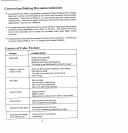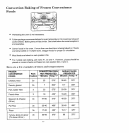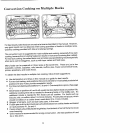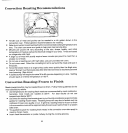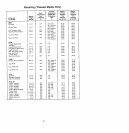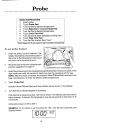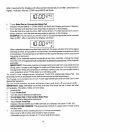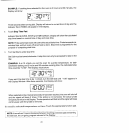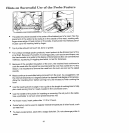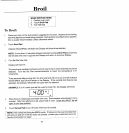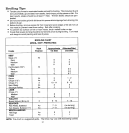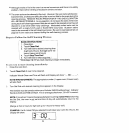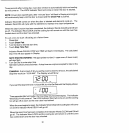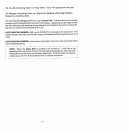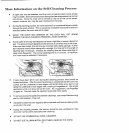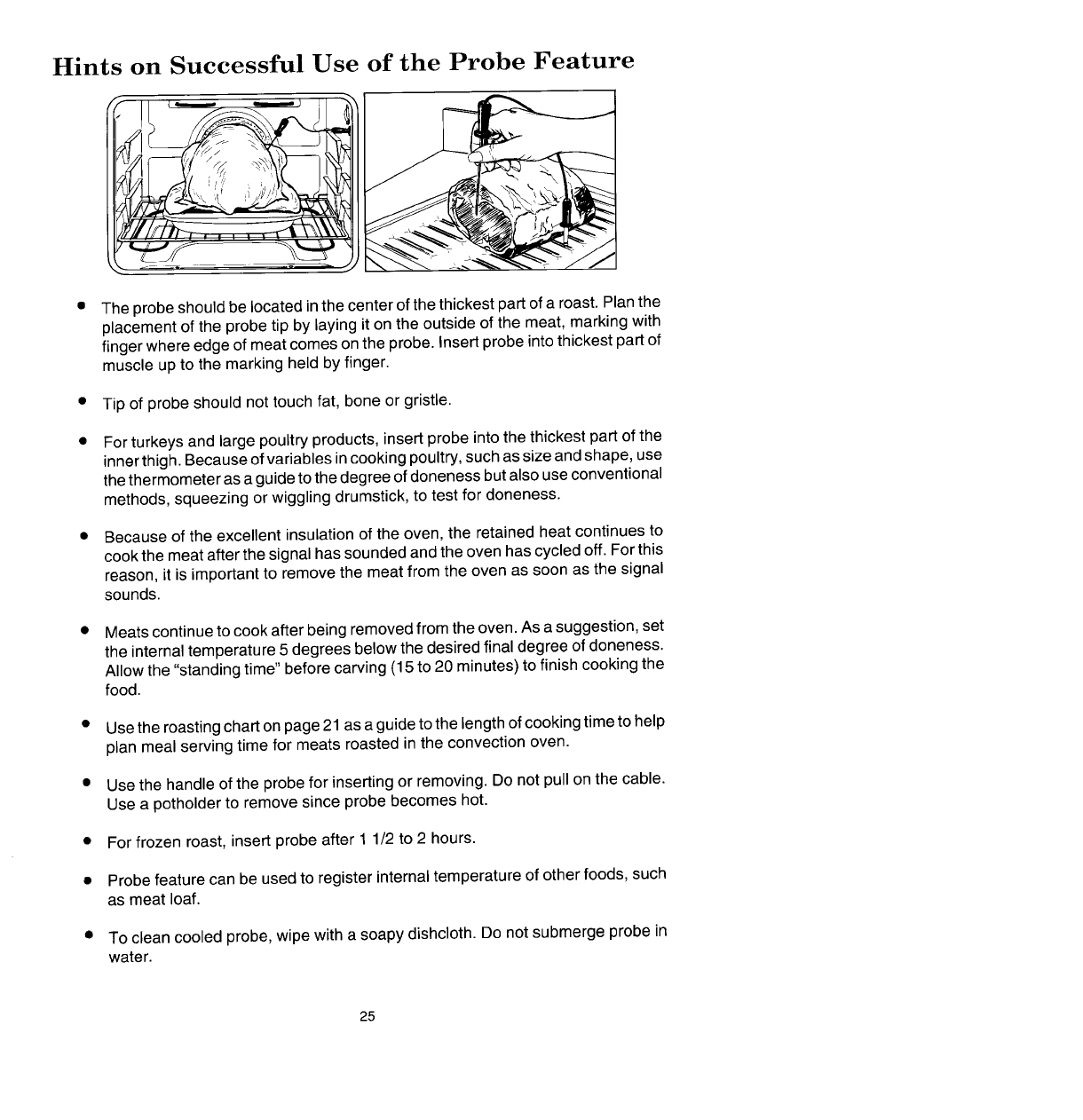
Hints on Successful Use of the Probe Feature
• The probe should be located inthe center of the thickest part of a roast. Plan the
placement of the probe tip by laying it on the outside of the meat, marking with
finger where edge of meat comes on the probe. Insert probe into thickest part of
muscle up to the marking held by finger.
• Tip of probe should not touch fat, bone or gristle.
• For turkeys and large poultry products, insert probe into the thickest part of the
innerthigh. Because of variables in cooking poultry,such as size andshape, use
the thermometer as a guide tothe degree ofdoneness but also useconventional
methods, squeezing or wiggling drumstick, to test for doneness.
• Because of the excellent insulation of the oven, the retained heat continues to
cook the meat after the signal hassounded and the oven has cycled off. Forthis
reason, it is important to remove the meat from the oven as soon as the signal
sounds.
• Meats continue to cook after being removed from the oven. As a suggestion, set
the internal temperature 5 degrees below the desired final degree of doneness.
Allow the "standing time" before carving (15 to20 minutes) to finish cooking the
food.
• Use the roastingchart on page 21 as aguide tothe length of cooking time to help
plan meal serving time for meats roasted in the convection oven.
• Use the handle of the probe for inserting or removing. Do not pull on the cable.
Use a potholder to remove since probe becomes hot.
• For frozen roast, insert probe after 1 1/2 to 2 hours.
• Probe feature can be used to register internal temperature of other foods, such
as meat loaf.
• To clean cooled probe, wipe with a soapy dishcloth. Do not submerge probe in
water.
25



